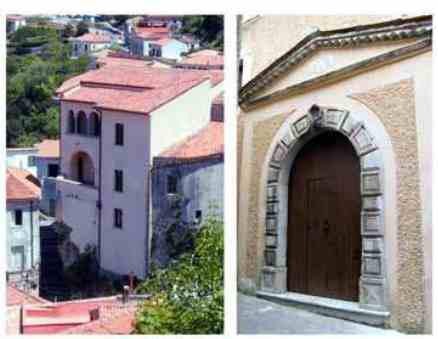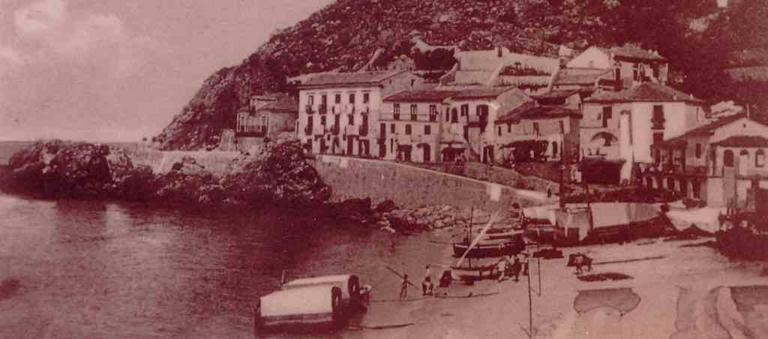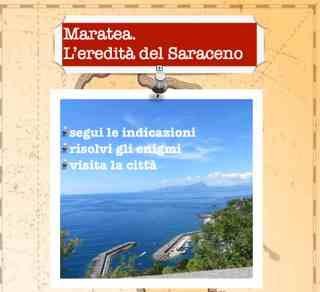the eighteenth century in Maratea
COMMERCIAL PORT
The conditions of wellbeing developed in the pretending centuries, at the beginning of the eighteenth century, guaranteed Maratea a privileged position compared to the rest of the Basilicata countries.
The possibility of a port, or rather a series of landings along the coast, had elected Maratea to the commercial outlet of products from the hinterland of Basilicata, and local agricultural production - although reduced only to wine and oil, given the 'asperity of the Marateota land - had generated in the town a very enterprising bourgeois class.
The economy of the end of the 18th century ...
At the end of the century, the traveler Lorenzo Giustiniani described the productions of Maratea in his "Reasoned Geographic Dictionary of the Kingdom of Naples":
"The territory of this city is not very fertile, because it is very petrotic, nothing less than good wine, especially in some places, and any other production still due to industry.
It is abundant in water, and there are many mills, fulling mills, which bring income to that population.
The maximum product is that of oil. The said territory abounds with mortelle, which reduced to powder, they sell elsewhere for the tanning of the leather.
The vegetables are cultivated successfully and likewise the citrus fruits, and the prickly pears, which in the summer months serve for food of the poor people, as well as the carob trees.
There is hunting for hares, foxes, wolves, and more species of birds, and the sea gives abundant fishing. "
CENTER OF THE DEPARTMENT
THE COASTAL VILLAGES ARE BORN

In 1734 the local benefactor Giovanni De Lieto, exponent of an ancient noble family Marateota, with his will donated his palace and its substances for the opening of a minimum hospitalization.
The cessation of the Saracen threat, which took place in 1740 thanks to the Treaty of the Ottoman Door, together with the demographic growth of the city, gave the impetus to the birth of new villages on the coast, such as Acquafredda, Cersuta and Porto, to which Massa inland and the first districts that today populate the valley of Maratea.
Continue in: Resistance of Maratea and Nineteenth century
CACCIA AL TESORO
Un nuovo e divertente modo di esplorare la città
UN' AVVINCENTE CACCIA AL TESORO
che unisce nel divertimento tutta la famiglia





